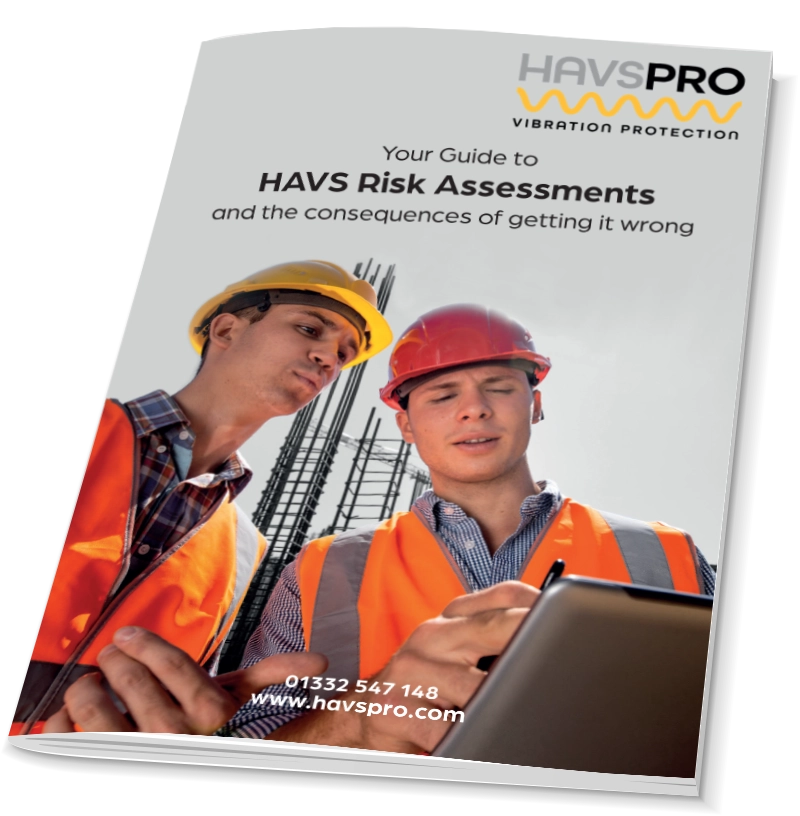WHITEPAPER:
Your Guide to
HAVS Risk Assessments
and the consequences of getting it wrong
When it comes to managing the risk that vibration exposure poses to your staff and your business, it can be a minefield. The only place to start is with HAVS Risk Assessments.
Here is your Guide to writing an accurate HAVS risk assessments, because if you start off with an unreliable starting point, your entire HAVS risk management strategy will be ineffective.

Experience the HAVSPRO gold standard
There are significant differences between the various methods and strategies for managing the risk of HAVS and whole body vibration. The HAVSPRO system offers an alternative to using assumed vibration data by continuously measuring and monitoring vibration magnitude, as it is experienced by the operative in real-time.
This is truly the Gold Standard in HAVS risk management…
 Industry standard bronze
Industry standard bronze
Standard compliance often consists of paper-based risk assessments which compile averaged tool vibration data. It may also contain observational concerns recorded by an external auditor or consultant, but this will not record the variation inherent in every job and offers little more than safety guidance and isn’t protecting against HAVS.
 Industry standard silver
Industry standard silver
A combination of tool and wrist-mounted devices can produce a clearer picture of individual vibration exposure, but these measurements are usually calculated according to samples of vibration data supplied through previously measured data (which is only accurate at the exact point of capture) or HSE and various other libraries of tool vibration data all of which vary widely and leave a large and potentially high-risk margin of error. 

Industry Gold Standard
A combination of tool and wrist-mounted devices can produce a clearer picture of individual vibration exposure, but these measurements are usually calculated according to samples of vibration data supplied through previously measured data (which is only accurate at the exact point of capture) or HSE and various other libraries of tool vibration data all of which vary widely and leave a large and potentially high-risk margin of error.

Hand Arm Vibration: HAVS Risk Assessment and Vibration Control
Effective risk assessments for vibration are essential to protect employees and ensure compliance with regulations. HAVSPRO provides precise data to identify risks, plan controls, and create accurate assessments that safeguard your business and workforce.

Another Employer Prosecuted – What the Rowes Garage Case Tells Us About Managing Vibration Risks
Another Employer Prosecuted – What the Rowes Garage Case Tells Us About Managing Vibration Risks
The recent HSE prosecution of Rowes Garage highlights the human and financial cost of poor vibration risk management. HAVSPRO by SIXIS Technology offers real-time, tool-mounted monitoring to prevent overexposure, support compliance with ELV and EAV limits, and protect workers before symptoms arise.

Discover the Leading HAVS Monitoring Solution – Visit SIXIS Technology at The Health and Safety Event 2025
Join SIXIS Technology at The Health and Safety Event 2025 to discover how our advanced HAVS monitoring solution, HAVSPRO, can help protect your workforce from the risks of Hand-Arm Vibration Syndrome (HAVS). Visit Stand 3/K70 to learn more about simplified compliance, real-time monitoring, and easy-to-use tools for vibration risk management.

 Industry standard bronze
Industry standard bronze Industry standard silver
Industry standard silver